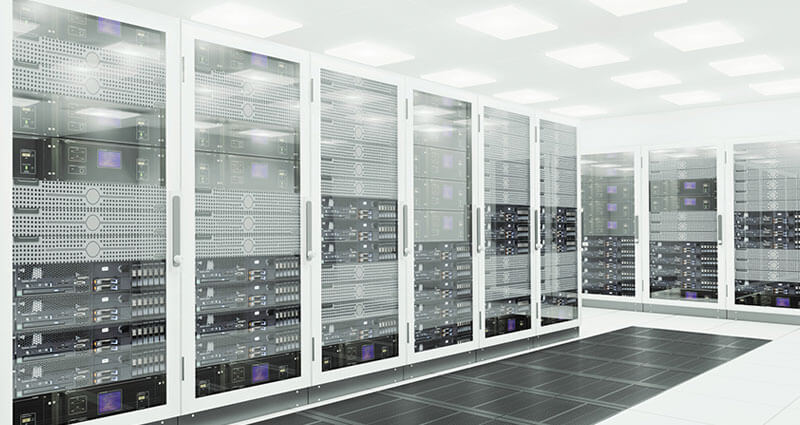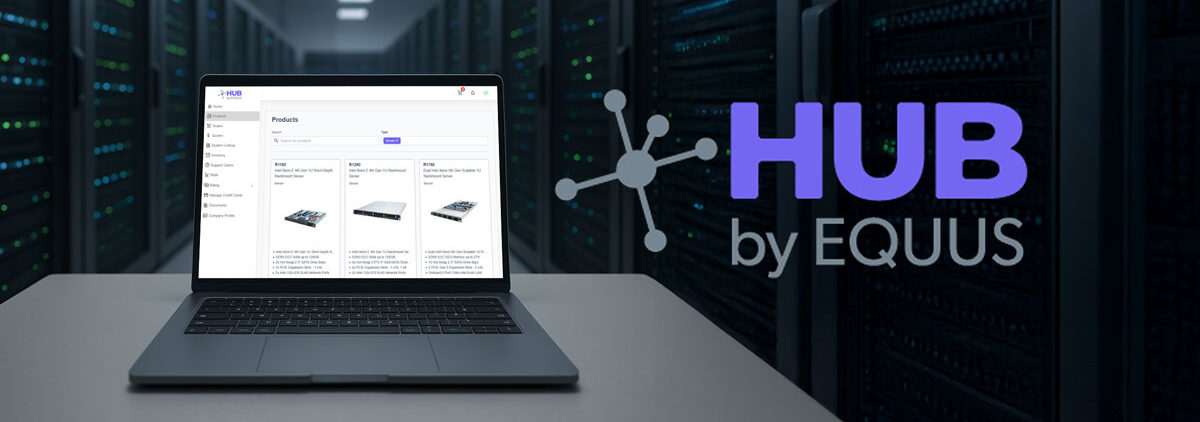Total cost of ownership is one of the most important metrics for data centers. Surprisingly, one little metric can greatly impact on how expensive your data center is to run. That metric is resource utilization.
According to Geithner and McKinsey, Global servers only use 6 to 12% of their CPU. That means you can triple your efficiency by raising CPU utilization to a measly 30%. But processor performance isn’t the only component affected by resource utilization. You can further improve performance and efficiency by improving how well storage, memory, and networking components are used.
Why is hardware utilization so bad? Since resources are typically allocated statically, moving them over to new workloads is challenging once they’re set for a specific workload. And in traditional setups, this has to be done manually and may require the assistance of an IT expert. In contrast, composable infrastructure automates much of the technical steps in reallocating resources.
Composable Infrastructure Makes Your Computing Resources Dynamic
Composable infrastructure changes how organizations share resources in two ways. First, it uses disaggregated infrastructure to enable hardware to be treated as a digital asset and pooled with other hardware from separate machines. Second, it allows the pooled resources to be dynamically shared and allocated on the fly.
It’s estimated that managing resources dynamically like this can increase resource utilization by two to four times. That would mean that each server would have the power of two to four servers simply by changing your enterprise data center’s architecture[1] . These numbers are compelling enough, but there are even more reasons to use composable infrastructure.
1. Adapting to changing workloads, AKA infrastructure on demand. Traditional hardware infrastructure relies on a sequential approach to sharing resources. So if one person has allocated 60% of their resources to a specific project, only 40% are available to other teams until they finish their project, even if they are not in use.
Additionally, it could take substantial reconfiguration before and after the project to make the computing resource ready. With composable infrastructure, those resources are only unavailable when they’re in use and can be automatically reallocated on demand.
2. Improved automation in the data center. Composable infrastructure relies heavily on software tools to manage your computing resources. These tools can help you automate the reallocation and reconfiguration of hardware for different projects and workloads, reducing the need for IT experts every time you need to make a change.
3. Save on data center running costs. Another benefit to getting more performance out of every machine is that you need fewer servers to do the work. Thus you can leverage smaller spaces for your data center, reduce cooling needs, and lower electricity usage. And when you need to upgrade, you’ll end up enhancing or replacing fewer machines.
Get Started With Composable Infrastructure
Composable infrastructure isn’t as different as you might think. In fact, by using the cloud, you’re already embracing the ideology behind composable infrastructure. The main difference is that the cloud is typically public infrastructure, while composable is housed on your own on-premise data center.
When leveraging composable, you can think of your individual hardware components as Legos that can be pulled apart and reconfigured in any way you need them to work — all with the ease and facility of automation. Gartner states that “the building blocks of composable business enable organizations to pivot quickly.” The same is true for composable infrastructure.
Do you want infrastructure that is two to four times more efficient than traditional architecture? Equus can help you design hardware to support your composable infrastructure. With over 30 years of experience building high-performance data center hardware, we can help you develop solutions that fit your business needs today and are ready to scale. Let’s talk about your data center vision.








